Rise of Alternative Lending Sources
The Corporate Lending Platform Market Industry is being influenced by the rise of alternative lending sources, which are providing businesses with additional financing options. Peer-to-peer lending and crowdfunding platforms are gaining traction, offering competitive rates and faster access to capital. This shift is particularly appealing to small and medium-sized enterprises that may face challenges in securing traditional bank loans. Recent trends indicate that alternative lending has grown by approximately 20 percent in the past year, reflecting a shift in borrower preferences. As these alternative sources continue to proliferate, the Corporate Lending Platform Market Industry is likely to adapt, integrating these options into their offerings.
Increased Financial Literacy Among Businesses
The Corporate Lending Platform Market Industry is benefiting from an increase in financial literacy among businesses. As companies become more knowledgeable about financial products and services, they are better equipped to make informed borrowing decisions. This heightened awareness is driving demand for transparent lending practices and competitive interest rates. Recent surveys indicate that over 60 percent of businesses now actively seek out information on lending options before making decisions. This trend is likely to encourage lenders to enhance their offerings and improve customer engagement strategies. Consequently, the Corporate Lending Platform Market Industry is expected to evolve, focusing on education and transparency to meet the needs of informed borrowers.
Growing Focus on Risk Management and Compliance
The Corporate Lending Platform Market Industry is witnessing an increasing emphasis on risk management and regulatory compliance. Financial institutions are under pressure to adhere to stringent regulations, which necessitates the implementation of robust compliance frameworks. This focus on risk mitigation is prompting lenders to invest in advanced compliance technologies and risk assessment tools. Data suggests that compliance-related expenditures in the lending sector have escalated by 15 percent in the last year. As regulatory landscapes evolve, the Corporate Lending Platform Market Industry must adapt, ensuring that lending practices align with compliance requirements while maintaining operational efficiency.
Technological Advancements in Lending Platforms
Technological advancements are reshaping the Corporate Lending Platform Market Industry, facilitating more efficient and streamlined lending processes. The integration of advanced technologies such as blockchain and cloud computing is enhancing transparency and security in transactions. Furthermore, the adoption of data analytics is enabling lenders to assess creditworthiness more accurately, thereby reducing risks. Recent statistics indicate that the implementation of these technologies has led to a 30 percent decrease in loan processing times. As technology continues to evolve, the Corporate Lending Platform Market Industry is poised for further growth, driven by the demand for faster and more reliable lending solutions.
Increased Demand for Flexible Financing Solutions
The Corporate Lending Platform Market Industry is experiencing a notable surge in demand for flexible financing solutions. Businesses are increasingly seeking tailored lending options that can adapt to their unique financial situations. This trend is driven by the need for agility in capital management, allowing companies to respond swiftly to market changes. According to recent data, the demand for customized lending products has risen by approximately 25 percent over the past year. As organizations strive to optimize their financial strategies, the Corporate Lending Platform Market Industry is likely to expand, offering innovative solutions that cater to diverse business needs.


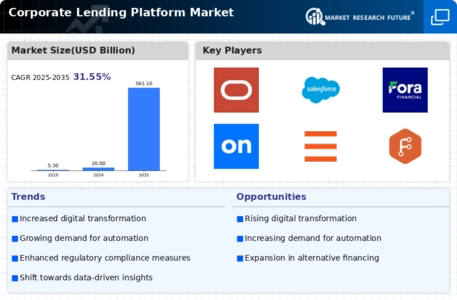

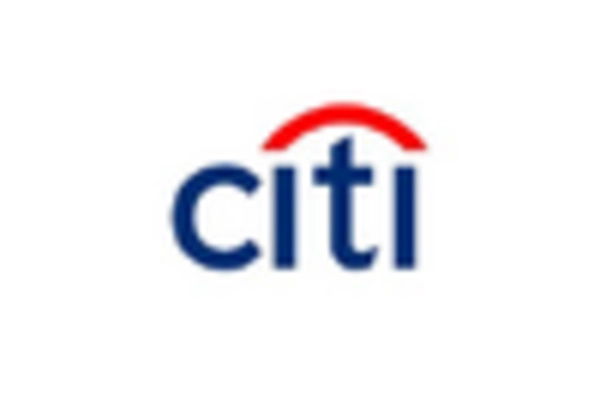
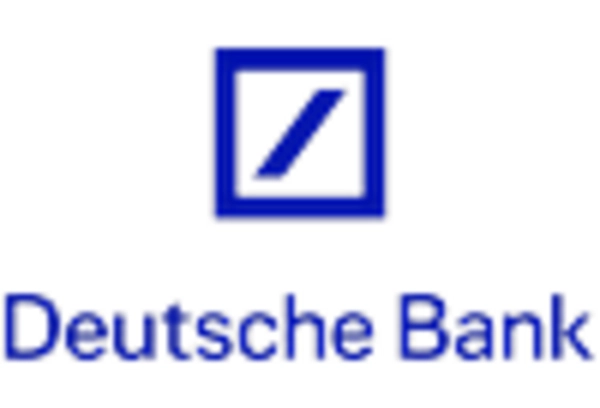
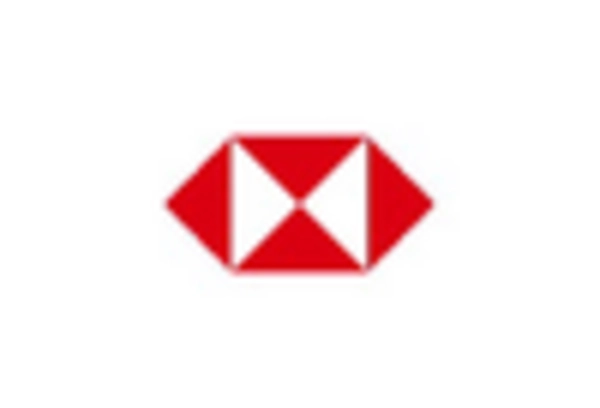
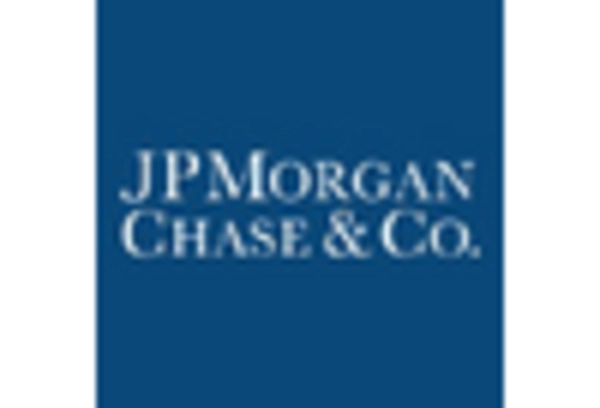
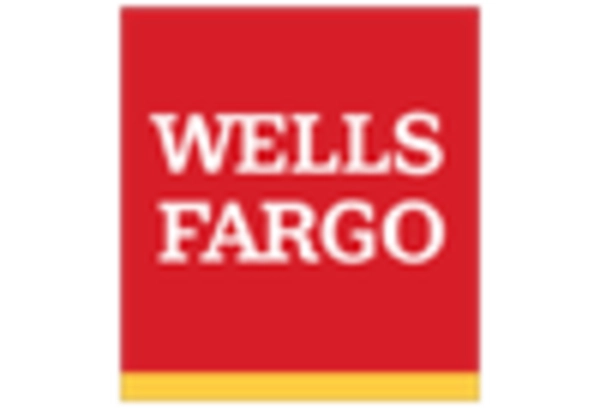








Leave a Comment